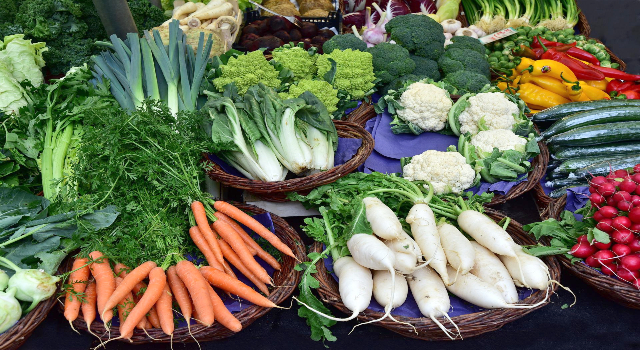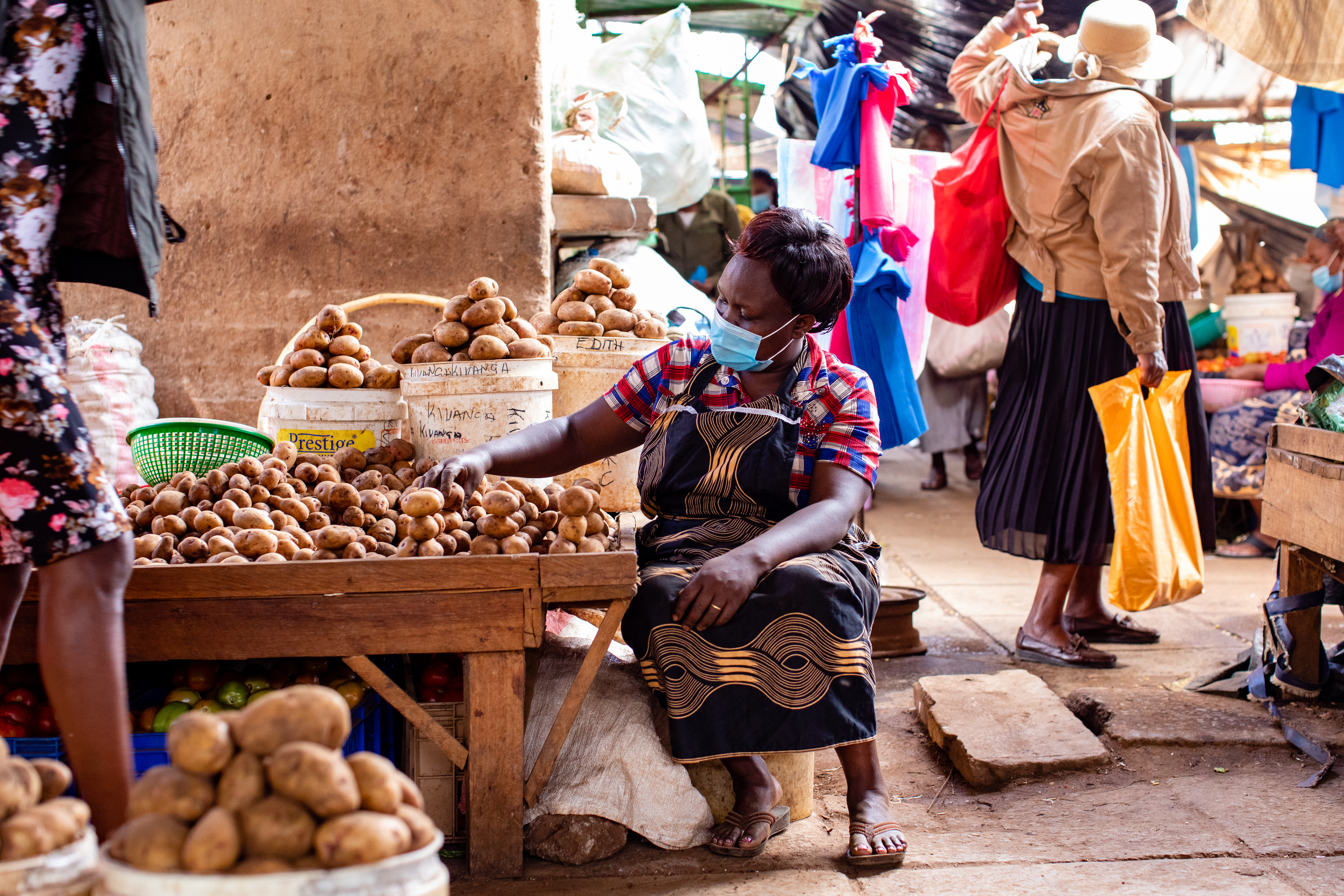The initiative “Nutrition-sensitive agriculture and food systems for Ghanaian SMEs: leveraging small and medium enterprises to improve nutrition” i
Other content with the tag "Monitoring and evaluation".

It’s a dire statistic: 33 to 40 percent of the world’s food is lost or wasted every year.

The mindset of food leaders the world over has changed as a result of the UN Food Systems Summit (UNFSS) of 2021.

This news article highlights important global food safety topics for the start of 2022.

B Impact Assessment is a network of businesses that seek to transform understanding of business success by measuring and managing impact and profit
The Partnerships Resource Centre (PrC) conducts research projects to facilitate further knowledge accumulation and learning in the area of sustaina
The Global Alliance for Improved Nutrition’s Marketplace for Nutritious Foods program sparks private sector production and marketing of nutritious
The Global Alliance for Improved Nutrition’s Marketplace for Nutritious Foods program sparks private sector production and marketing of nutritious
This short blog in Agrilinks gives a set of practical recommendations for knowledge management from CARE’s West Africa office.

Seventy-five percent of the global food supply comes from 12 plant and five animal species – this report by WWF, Washington University, and food gi
Two page briefing by IBM looking at the causes of supply chain inefficiencies.
Peer review article in Hidden Hunger: Malnutrition and the First 1,000 Days of Life: Causes, Consequences and Solutions.

The Committee on World Food Security is a collaboration of international agencies, civil society, and the private sector focusing on policy issues

Expanding and replicating successful nutrition programmes can be challenging – innovation hugely depends on the types of partners and the roles of

Many mothers experience barriers to maintaining a breastfeeding relationship with their infants after returning to work.

An evaluation of 21 systematic reviews looking at the effect of workplace dietary interventions on health outcomes.

While this review does not specifically focus on public private engagement, or on nutrition, it has important implications for everyone working on
Four partnership principles by the UK Department for International Development (DFID), which govern investment in nutrition and other development p

The Multi-Stakeholder Guide by Wageningen University maps sixty tools spanning the six stages of the partnership process: connection, shared langua
This article has a useful summary of challenges along the food value chain that prevent compliance with national standards.

The Global Fortification Data Exchange (GFDx) is an online analysis and visualisation tool that aims to help policy makers and experts understand d
Report from a workshop on collaborative learning at the Institute of Development Studies in 2017, Brighton, U.K.
A technical briefing for anyone working on behavior change initiatives at scale.
This is a detailed overview of why people did not take up fortified complementary foods in Ghana, Cote d'Ivoire, India, Bangladesh, and Vietnam.
Working paper from the Harvard Kennedy School for Business looking at seven guiding principles for cross-sector action on public health.
This paper asks important questions, such as: How has high level political momentum for nutrition been generated?
The context for this publication by Save the Children is Sustainable Development Goal 2: ‘Ending hunger, achieving food security and improved nutri

This paper reviews 41 workforce nutrition interventions published between 1995 and 2006 in the South African Journal of Clinical
This global mapping has two main sections: An analysis of the overall global status and results of large-scale food fortification and biofortificat
This document responds to challenges in public private engagement and looks at ways to improve regulation and monitoring.
This 376-page document is WHO’s guidance to countries looking to design and implement food fortification programmes.
This book examines food fortification in all its forms.
Micronutrient deficiencies remain a public health challenge globally, especially among developing countries.
